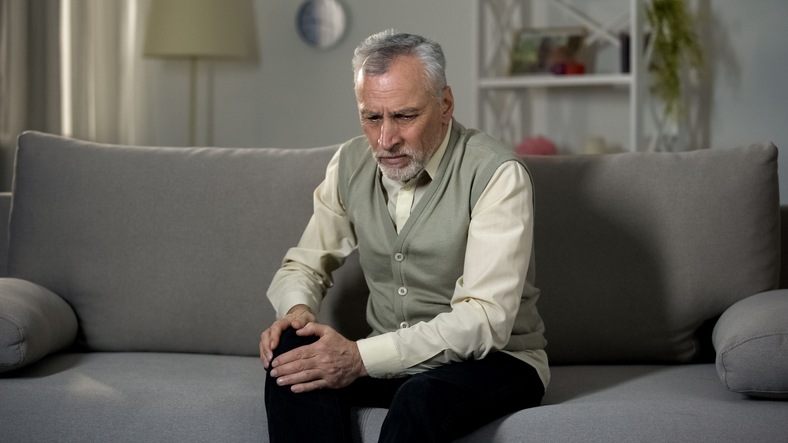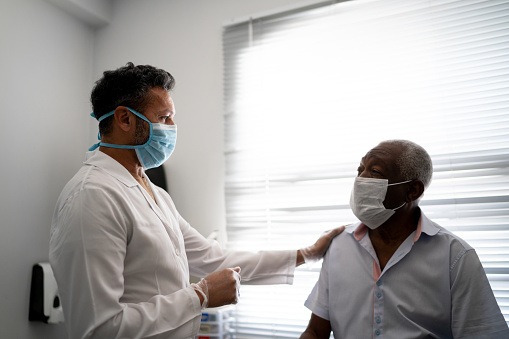
Odronextamab is a first-in-class, hinge-stabilized, fully human immunoglobulin G4-based CD3xCD20 bispecific antibody that has demonstrated encouraging safety, tolerability, and preliminary efficacy in a first-in-human study of patients with relapsed/refractory B-cell non-Hodgkin lymphoma (NHL). An ongoing phase I study presented at the 2020 ASH Annual Meeting found that odronextamab demonstrated encouraging single-agent anti-tumor activity in highly refractory patients with B-cell NHLs, including those who were refractory to chimeric antigen receptor (CAR) T-cell therapy.
Odronextamab was administered using a step-up dose schedule—an initial dose at week one, an intermediate dose at week two, and a fixed weekly dose until week 12, followed by maintenance dosing every two weeks. Dexamethasone premedication was used to mitigate the risk for cytokine release syndrome (CRS).
As of June 2020, 127 patients with relapsed/refractory B-cell NHL were treated at doses ranging from 0.03 mg to 320 mg. The study included patients with diffuse large B-cell lymphoma (DLBCL; n=71), follicular lymphoma (FL) grade 1-3a (n=37), mantle cell lymphoma (MCL; n=11), marginal zone lymphoma (n=6), and other B-cell NHLs (n=2). Patients were highly refractory (80.3%) and had received a median of three prior therapies (range, 1-11 therapies). A total of 29 patients (22.8%) had received CAR T-cell therapy, including two with FL, 25 with DLBCL, and two with MCL. Most patients (n=85; 66.9%) were double refractory to an alkylator and anti-CD20 antibody.
After a median follow-up of 3.9 months (range, 0.4-37.6 months), no dose-limiting toxicities were reported, and the maximum tolerated dose was not reached.
The most common any-grade treatment-related adverse events (AEs) were pyrexia (76.4%), CRS (62.2%), and chills (48.0%). Eight patients (6.3%) experienced grade 3 CRS. Most CRS events occurred during the first two weeks of step-up dosing and resolved within a median of two days (range, 1-41 days) with supportive care. No patients discontinued odronextamab due to CRS.
Five patients experienced grade 3 neurologic AEs, of which three (2.3%) were considered treatment-related: somnolence, syncope, and encephalopathy. None of these events resulted in treatment discontinuation. Overall, seven patients (5.5%) discontinued treatment due to treatment-related AEs.
Among patients with relapsed/refractory FL grade 1-3a treated at odronextamab doses ≥5 mg (n=28), the objective response rate (ORR) was 92.9% and complete response (CR) rate was 75.0%. Median duration of response (DOR) was 7.7 months (range, 0-20.9+ months), with 13 CRs ongoing at last assessment. The median duration of CR (DoCR) was 8.1 months (range, 0-19.9+ months).
In patients with relapsed/refractory DLBCL who had not received prior CAR T-cell therapy and were treated at odronextamab doses ≥80 mg (n=10), the ORR and CR rate were both 60%; median DOR was 10.3 months (range, 2.9-18.6+ months), with four CRs ongoing at last assessment. The median DoCR was 9.5 months (range, 2.9-18.6+ months).
In patients with DLBCL who were refractory to prior CAR T-cell therapy and treated with odronextamab at doses ≥80 mg (n=21), the ORR was 33.3% and CR rate was 23.8%; median observed DOR was 2.8 months (range, 0-18.9+ months), with all CRs ongoing at last assessment. The median DoCR was 4.4 months (range, 0-18.9+ months).
“Odronextamab has an acceptable safety and tolerability profile,” the researchers concluded, noting that a global phase II trial investigating odronextamab in relapsed/refractory B-cell NHL is ongoing.
Reference
Bannerji R, Allan JN, Arnason JE, et al. Odronextamab (REGN1979), a Human CD20 x CD3 Bispecific Antibody, Induces Durable, Complete Responses in Patients with Highly Refractory B-Cell Non-Hodgkin Lymphoma, Including Patients Refractory to CAR T Therapy. Abstract 400. Presented at the 62nd American Society of Hematology Annual Meeting & Exposition, December 2-11, 2020.







 © 2025 Mashup Media, LLC, a Formedics Property. All Rights Reserved.
© 2025 Mashup Media, LLC, a Formedics Property. All Rights Reserved.